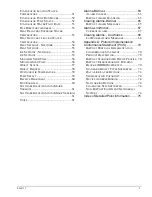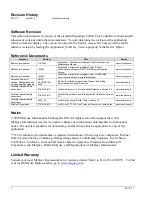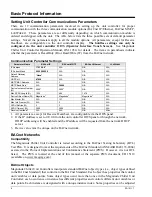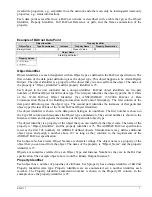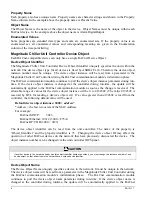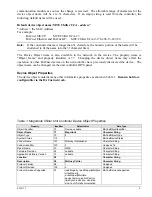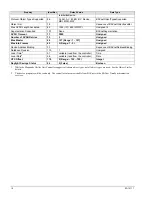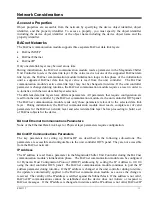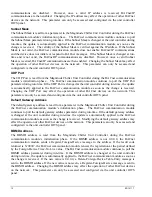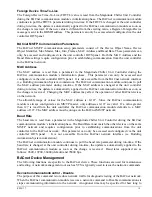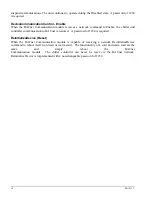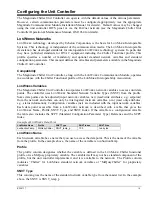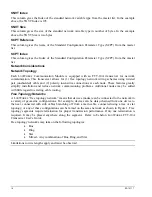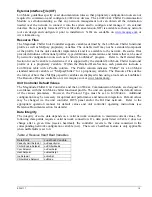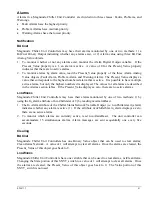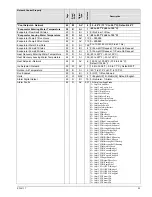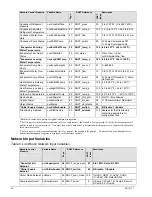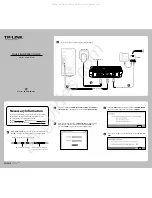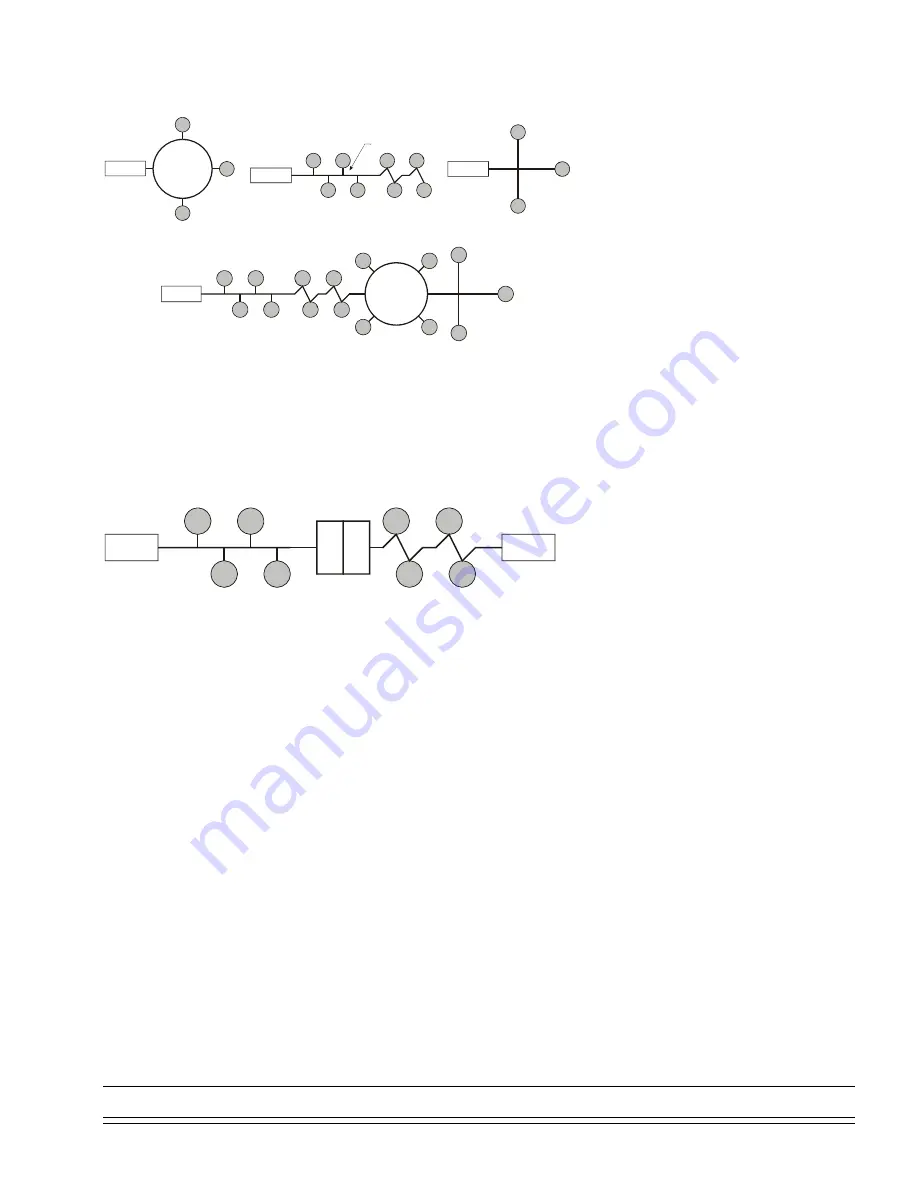
Figure 1. Singly Terminated Free Topology
Termination
Star Topology
Termination
Ring Topology
Termination
Singly Terminated Bus Topology
Stub
}
Termination
Mixed Topology
A network segment
is any part of the free topology network in which each conductor is electrically
continuous. Each of the four diagrams in is a illustration of a network segment. Some applications may
require two or more segments. See Free Topology Restrictions. If necessary, segments can be joined
with FTT-10A-to-FTT-10A physical layer repeaters. See Figure 2.
Figure 2. Combining Network Segments with a Repeater
Termination
Termination
FT
T
-1
0
A
FT
T
-1
0
A
Free Topology Restrictions
Although free topology wiring is very flexible, there are restrictions. A summary follows:
The maximum number of nodes per segment is 64.
The maximum total bus length depends on the wire size:
Wire
Size
Maximum Node-to-Node
Length
Maximum Cable
Length
24 AWG
820 ft (250 m)
1476 ft (450 m)
22 AWG
1312 ft (400 m)
1640 ft (500 m)
16 AWG
1640 ft (500 m)
1640 ft (500 m)
The longest cable path between any possible pair of nodes on a segment must not exceed the maximum
node-to-node distance. If two or more paths exist between a pair of nodes (e.g., a loop topology), the
longest path should be considered. Note that in a bus topology, the longest node-to-node distance is
equal to the total cable length. The total length of all cable in a segment must not exceed the maximum
total cable length. One termination is required in each segment. It may be located anywhere along the
segment.
Doubly Terminated Networks
You can extend the maximum total cable length without using a repeater by using doubly-terminated
network topology. The trade-offs are (1) this network topology must be rigorously followed during the
installation and subsequent retrofits and (2) two terminations must be installed at the ends of the bus for
proper transmission performance.
Limitations to wire lengths apply and must be observed.
ED15117
17

